
Printing variability of copy detection patterns
Roman Chaban, Olga Taran, Joakim Tutt, Yury Belousov, Brian Pulfer, Taras Holotyak and Slava Voloshynovskiy
Department of Computer Science, University of Geneva, Switzerland
{roman.chaban, olga.taran, joakim.tutt, yury.belousov, brian.pulfer, taras.holotyak, svolos}@unige.ch
Abstract—Copy detection pattern (CDP) is a novel solution
for products’ protection against counterfeiting, which gains its
popularity in recent years. CDP attracts the anti-counterfeiting
industry due to its numerous benefits in comparison to alternative
protection techniques. Besides its attractiveness, there is an
essential gap in the fundamental analysis of CDP authentication
performance in large-scale industrial applications. It concerns
variability of CDP parameters under different production condi-
tions that include a type of printer, substrate, printing resolution,
etc. Since digital off-set printing represents great flexibility in
terms of product personalized in comparison with traditional
off-set printing, it looks very interesting to address the above
concerns for digital off-set printers that are used by several
companies for the CDP protection of physical objects. In this
paper, we thoroughly investigate certain factors impacting CDP.
The experimental results obtained during our study reveal
some previously unknown results and raise new and even more
challenging questions. The results prove that it is a matter of
great importance to choose carefully the substrate or printer for
CDP production. This paper presents a new dataset produced
by two industrial HP Indigo printers. The similarity between
printed CDP and the digital templates, from which they have
been produced, is chosen as a simple measure in our study. We
found several particularities that might be of interest for large-
scale industrial applications.
Index Terms—Anti-counterfeiting, copy detection patterns,
digital offset printing, printing variability, substrate, similarity
measure, fakes.
I. INTRODUCTION
In recent years, copy detection patterns (CDP) [1] became
an attractive and popular technique for product protection
against counterfeiting. CDP are often used for the protection
of packaging and security labels. CDP are also used for
the protection of pharmaceutical products and vaccines, for
example, those against COVID-19 [2]. In general, CDP are
printed on digital off-set printers but classical off-set and flexo
can be used as well. They are easily integrated in the package
design as shown in Fig. 1 according to [2], [3].
Besides the popularity of CDP and its wide usage, there
are still some issues that are little studied and raise questions
about CDP security in critical applications. This relates to
the lack of large-scale public datasets produced on industrial
equipment. Moreover, there are numerous researches which
aim at challenging CDP security by creating high-quality fakes
[4] [5] [6] [7]. Such fakes represent a considerable threat to
CDP as a protection technology.
S. Voloshynovskiy is a corresponding author.
This research was partially funded by the Swiss National Science Founda-
tion SNF No. 200021 182063.
Fig. 1: An example of CDP integration into a structure of QR
code as suggested by Scantrust [3]. CDP is placed inside the
QR-code and the copy detection is performed along with the
decoding of information stored in the QR-code.
In this paper, we aim to fulfilling the gap in the availability
of research datasets addressing the variability of CDP and
release a new public dataset of CDP printed on two indus-
trial printers HP Indigo 5500 (HPI55) and HP Indigo 7600
(HPI76) under various settings1. The main goal of this study
is to investigate the statistical variability of CDP in terms of
the deviation of statistics of printed CDP with their digital
counterparts in the accordance to the previous researches [8].
Each factor of variability is formulated as a separate research
question in this work. In summary, we investigated the impact
of the following factors:
•The difference in CDP statistics produced by two indus-
trial printers HPI55 and HPI76;
•The influence of substrate;
•The variability in continuous printing and over time;
•The effect caused by the acquisition device;
•The impact of deviation of printing resolution.
Taking into account the mentioned impact factors the main
contributions of the paper are twofold:
•The new public dataset with synchronized CDP and their
digital templates;
•The analysis of CDP variability of the above factors.
II. DATASET
In this work, we present a new public CDP dataset specifi-
cally created to investigate the CDP variability. The produced
dataset of CDP contains digital templates of size 228x228
pixels with 50% of pixels being white and 50% black. The
digital CDP with the synchronization patterns are allocated on
A4 pages. One page contains 12 rows and 12 columns of CDP.
The resulting amount of CDP per page is 144. The basic set
1The dataset is available https://github.com/sip-group/snf-it-
dis/tree/master/datasets/indigo1x1variability.
arXiv:2210.05343v1 [cs.CR] 11 Oct 2022

 2024-12-03 4
2024-12-03 4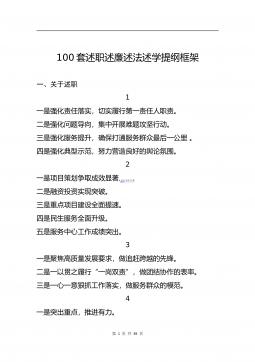
 2024-12-03 3
2024-12-03 3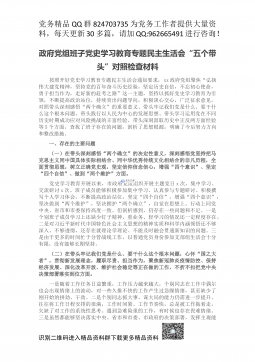
 2024-12-03 3
2024-12-03 3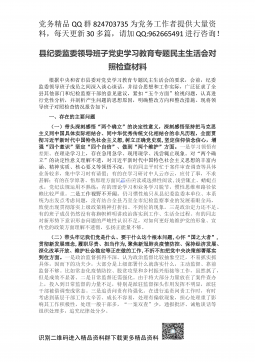
 2024-12-03 6
2024-12-03 6
 2024-12-03 3
2024-12-03 3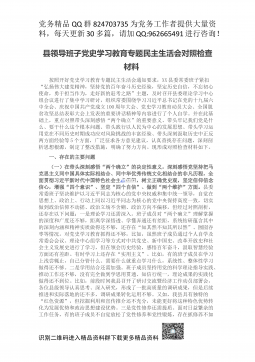
 2024-12-03 4
2024-12-03 4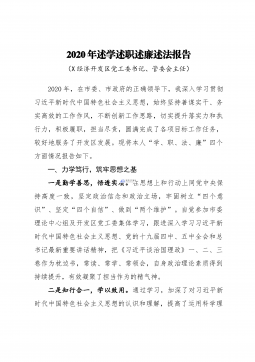
 2024-12-03 34
2024-12-03 34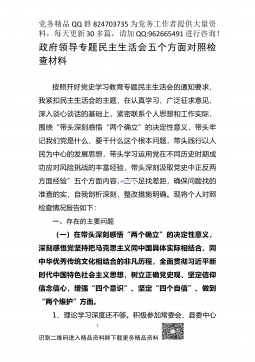
 2024-12-03 11
2024-12-03 11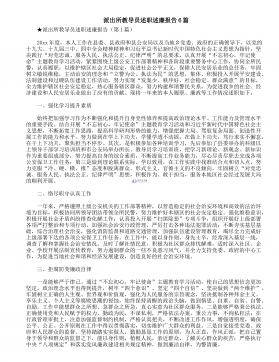
 2024-12-03 8
2024-12-03 8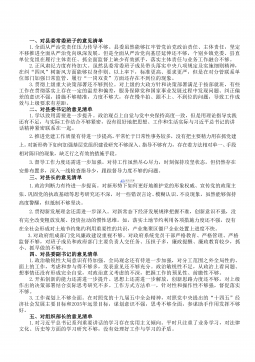
 2024-12-03 50
2024-12-03 50

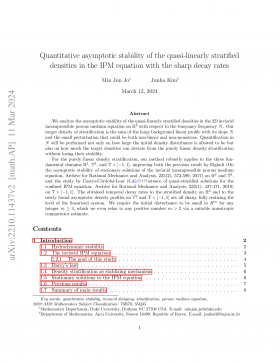
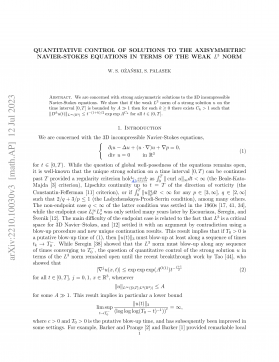
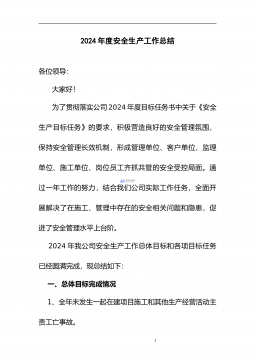
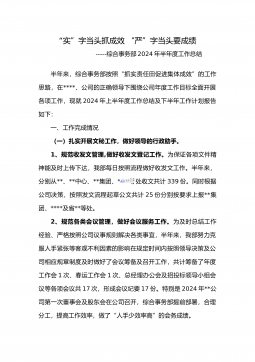
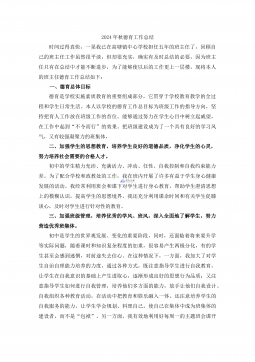
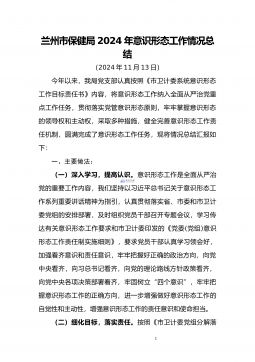
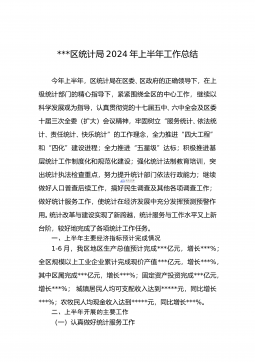
 渝公网安备50010702506394
渝公网安备50010702506394
